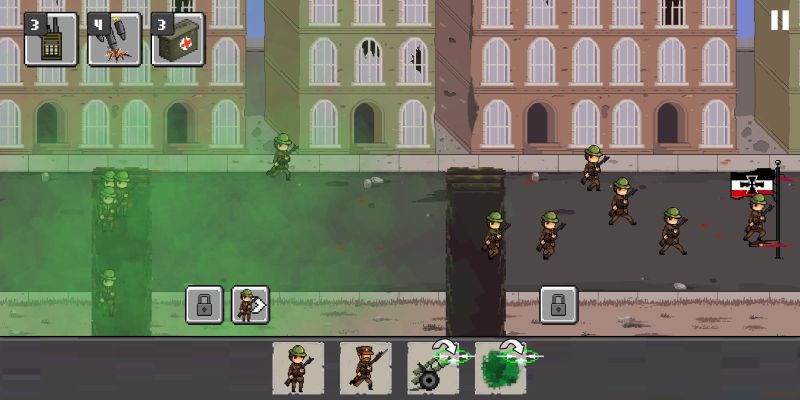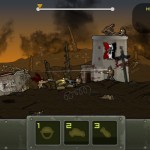

British submarines served in the Baltic in support of Russia. The Allies also used submarines, but with less effect. German submarines were also used in operations against enemy ships and as minelayers.

BlockadeĪs well as a desire to seek decisive battle, Britain's Royal Navy planned to blockade Germany during the war. Moreover, Britain's maintenance of the blockade of Germany during World War I played a significant role in Germany's defeat in 1918. Major fleet actions in the North Sea, however, proved indecisive.įor example, while the Royal Navy lost more ships at Jutland, it still maintained its blockade of Germany and as such 'won' the battle. Between 19, Churchill had served as Britain's First Lord of the Admiralty, the political head of the Royal Navy. After World War I, Winston Churchill famously said Sir John Jellicoe, the commander of Britain's Grand Fleet, was 'the only man on either side who could lose the war in an afternoon'. The expectation was that these ships would meet in a major decisive fleet engagement that would decide the war.Īs the world's greatest maritime power, Britain was so dependent on her navy. These were the largest, most heavily armed ships in a fleet, like dreadnoughts, battleships and heavy cruisers.

single-ship engagements, such as the Battle of Cocos between HMAS Sydney and SMS Emden in 1914īefore the war, Europe's major nations, especially the United Kingdom (UK) and Germany, had built up massive fleets of capital ships.large-scale engagements, such as the Battle of Jutland between the Royal Navy’s Grand Fleet and Imperial Germany's High Seas Fleet in 1916.In a discussion about The Last Stand: Dead Zone, ConArtist revealed that he has plans to make another Warfare game "like Dead Zone, it'll be bigger and badder in every way" when someone commented on wanting a third Warfare game before a fourth The Last Stand game.Naval warfare during World War I depended on the types of vessels engaged. Each piece of Cover can only be used by one unit.Īccording to E4, "It's a very polished game and while it looks quite complicated to start with, it is easy to get stuck into." Mark Bozon of IGN said that the game is a "fun strategy game with plenty of depth." The game received a 4.44/5 at Newgrounds. Trenches, mines, and barbed wire have been replaced by Cover, which can be anything from a wooden fence to a hedgerow. Units can be deployed on any of these three sections, and can only attack units in adjacent sections. The map is now divided into three sections, with the upper and lower sections being flanks. Upgrades are still available in the campaign. The game also adds 2 new units, the Bazooka Team and Mortar, and all previous units have received changes. While the reinforcement timer is retained from the previous game, they now only apply to individual unit types, and all units and abilities now cost resources to deploy and use.

For a Conquer victory, the player must bring a unit to the enemy's end of the central corridor of the map. For an Objective victory, if the player completes a given objective, e.g. For a Morale victory, the player must deplete the morale of the enemy army, through flanking and causing casualties. There are now three ways to win, Morale, Objective (campaign only) and Conquer. The basics of Warfare 1944's gameplay are similar to Warfare 1917, but with new additions.


 0 kommentar(er)
0 kommentar(er)
